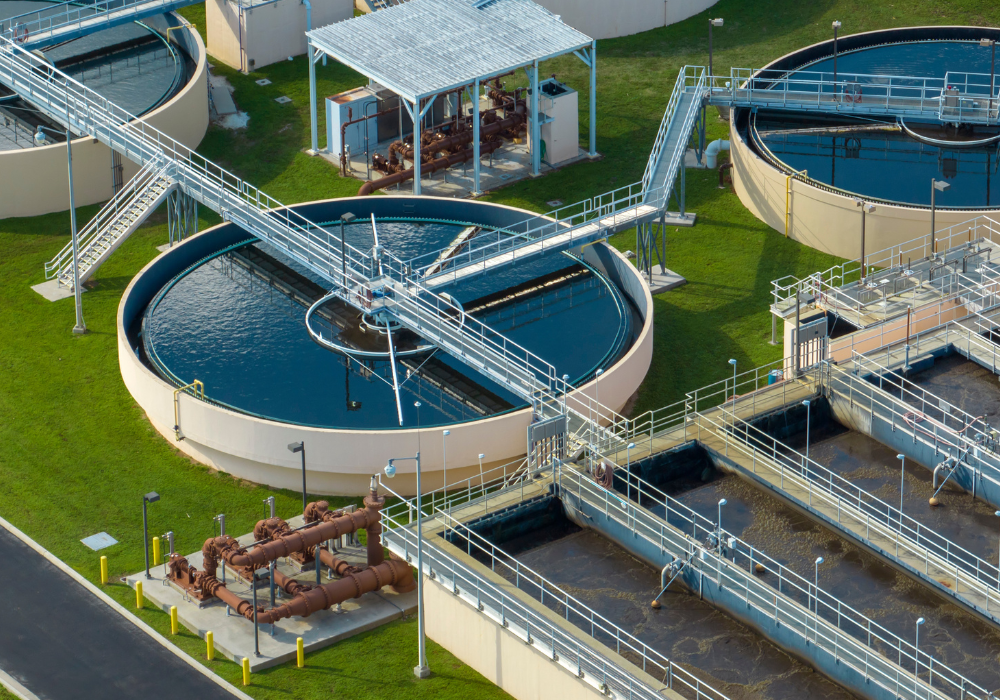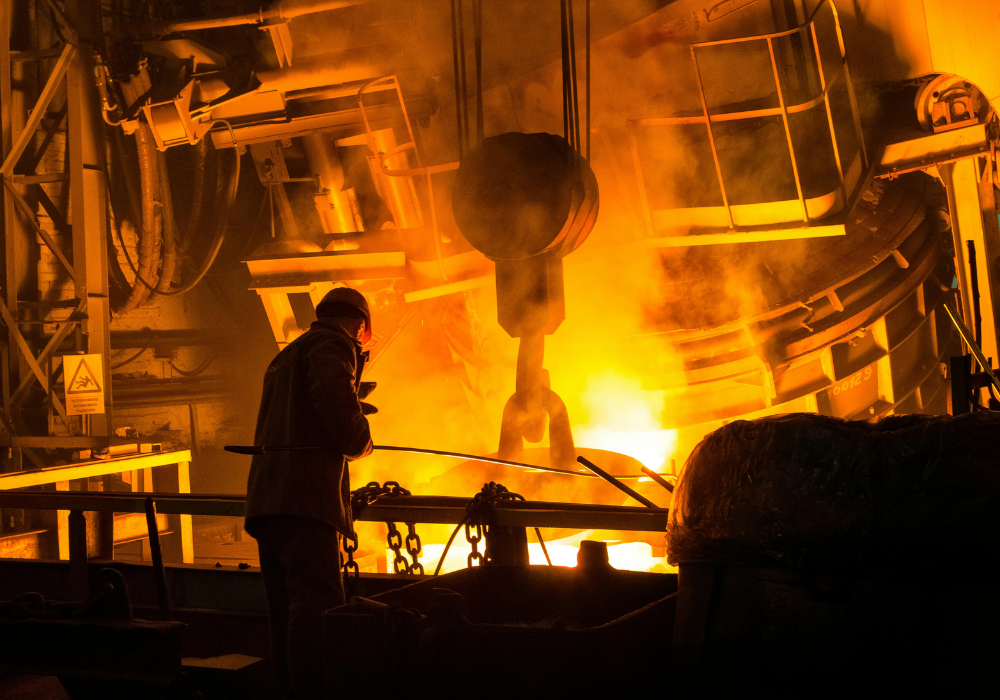
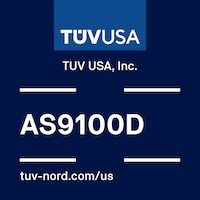
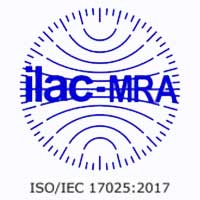
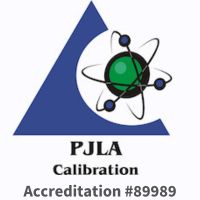
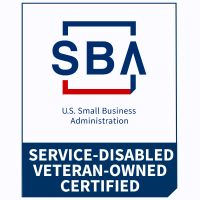
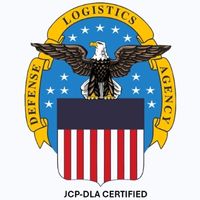
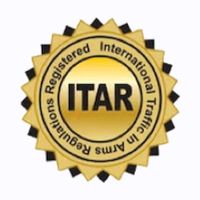
Contact Us
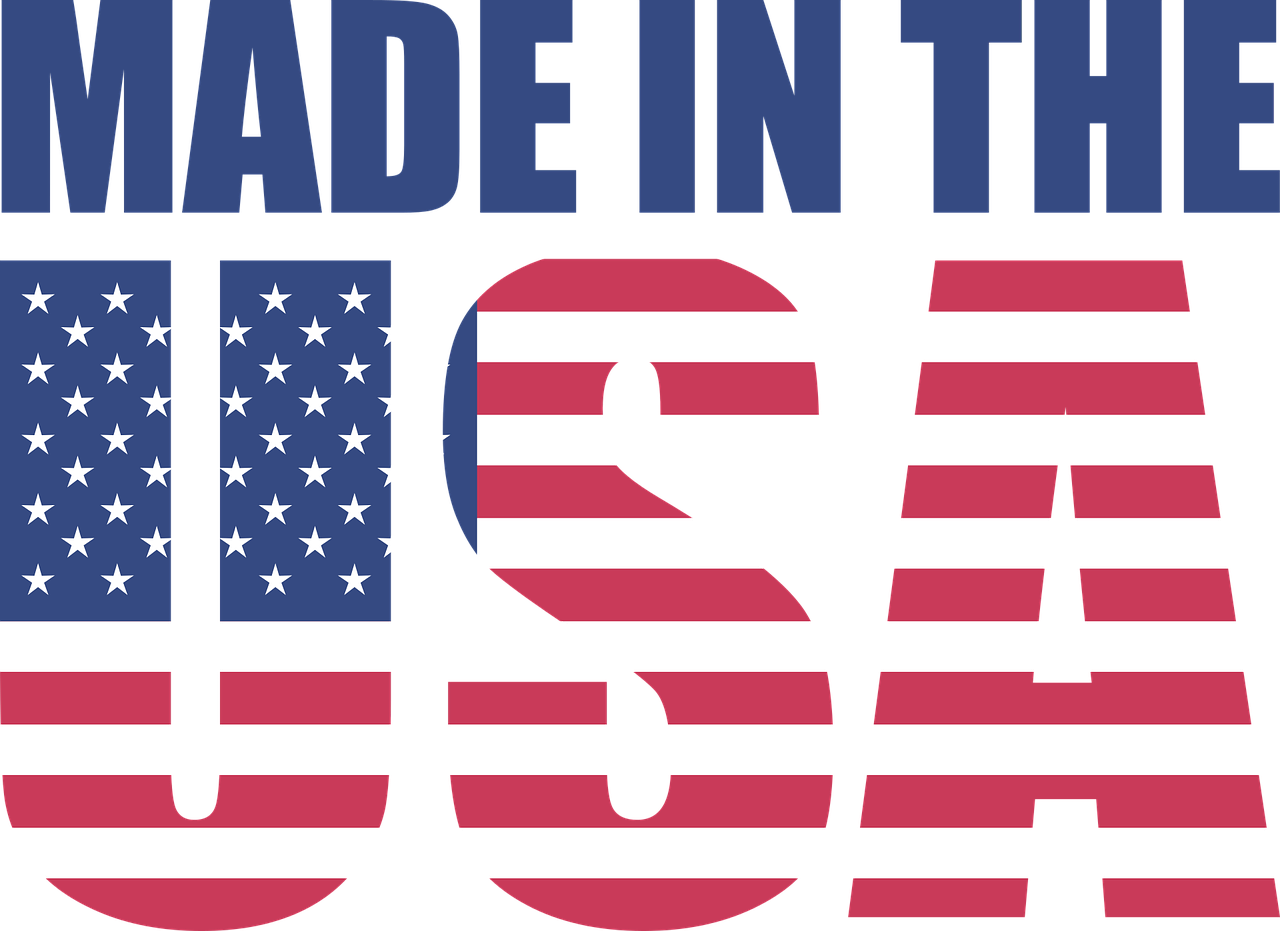
Temperature Transmitters
Wire Harnesses
Temperature Sensors
Fiber Optic Sensor Systems (Partner Company)
Thermocouple/Extension Wire
Temperature and Process Controllers
Specialty Metals
Whitepapers / Nanmac Short Form Article on Using ASTM Standards

From its founding over 56 years ago, Nanmac’s Mission has been to develop and design standard and custom thermocouples, RTDS and supply the entire thermal systems sensing and display circuit. Early on, the ability to compare and report how these devices were functioning was not clear and could lead to many potential errors. As these systems became more complex and intertwined with higher valued products being processed; the processing temperatures and environments became more critical, and of importance not only to assure product quality but to have a means of comparing on a world wide basis their performance.
The concept of continuous process improvement (a major tenet under the ISO9001:2008) is a powerful tool towards improving product performance, driving towards better control systems, reducing costs and improving the total quality of the product and systems supplied. To do this, requires that some type of standard, that is agreed across the entire industry, has clear definitions and acceptance of these definitions and test processes becomes more important and a competitiveness driver.
Nanmac adopted and implemented the ASTM Stds Volume 14.03, Standards relating to Temperature Measurement as a key to achieving continuous process improvement and providing our customers a reliable and consistent way of interpreting results and helping them to also achieve better products at a lower cost.
It has provided its US based customers a means to meet standards like the ASM2750E for aerospace heat treating performance and reliability requirements etc. These standards also provide Nanmac solid guidelines, so it can meet the ASTM E220 requirements for temperature apparatus measuring equipment, these help to assure that the results are both traceable to NIST but also can be replicated in many locations. By doing so, Nanmac has increased its exports to a diverse number of countries like China, South Korea and Japan. More than 30% of its gross sales are exported, a testimony to the value of adopting and meeting these standards.
While thermocouples and RTDS have been in use for many years (over 50) and the market is fairly static, the need for these types of measuring devices and systems has continued to evolve to meet the new demands of ever more complex alloys, devices, new production methods and products resulting from them incorporating MIMS, 3D, LED glass, carbon fiber etc.. These methods and processes require that this quite staid product also evolve, by using new higher temperature refractory materials like molybdenum and tantalum, to ceramic materials like alumina and even SiC (silicon carbide) materials, to address the ever more challenging environments in the furnace and higher temperatures up to 2100C or even higher.
A new challenge that Nanmac is addressing, and, which has already been submitted to the E220 committee, is to establish a method and process to reliably calibrate sheathed thermocouples over 1750C. Many processes producing sapphire ingots are already at 2050C and above. Sheathed thermocouples are required because of the environments which attack the bare thermocouple wires and even their insulators, reducing life and reliability. The value of some of these products at these temperatures (over 2000C) can exceed $250,000, this this is both a technical and a control value
1657 Washington St, Bldg #3 / PO Box 6640, Holliston MA 01746
Phone 508-872-4811 Fax 508-879-5450
www.nanmac.com
question. Driving temperature accuracies to 2-7C at these temperatures can produce less stress and yield higher purity in the resultant product. We are, as an industry and as Nanmac, not there yet, but are working towards these goals.
So this rather staid and very well established industry is still rising to meet new challenges even is this digital age. Besides thermocouples and RTDS the balance of the temperature sensing and display system is also changing. ASTM has helped to standardize the connectors that are used to attach the sensing devices to the other parts of the system. For example, E1129 helps us to work with our customers to design, apply and assemble the accurate thermocouples to the display and control system with a seamless throughput to maintain accuracy and data purity. Nanmac doesn’t build connectors but the ASTM standard helps us to deliver the “right” solution across many platforms by working with our suppliers and our customers to establish a solid baseline and product performance objectives.
We know that our customer, and his process, requires some very sophisticated sensing accuracies, we don’t want to add questionable components in the whole system that prevents our customer from achieving their product performance because we missed a critical connection.
Nanmac regularly shares with our customers the importance of using, meeting and working with ASTM Standards to continuously improve the standards used, and to proactively improve these standards to meet the ever changing demands of the market. It seeks its customer’s inputs so that it can contribute to its participation on the ASTM standards committees and to further advancing the overall value of the use of standards not for mediocrity but for excellence.
FACT BOX
Nanmac Holliston, MA USA
Nanmac designs, customizes and develops the total thermal sensing circuit. It continually advances its technology in materials, equipment, thermal modelling and its use of quality tools to deliver excellence. To do this it will obtain and maintain its ISO9001:2008; ISO17025; AS9100C registrations and certifications.
A total of 31 skilled techs and engineers are employed
Three of our staff are ASTM members
Global Market Reach

© 2025 Nanmac Corporation






